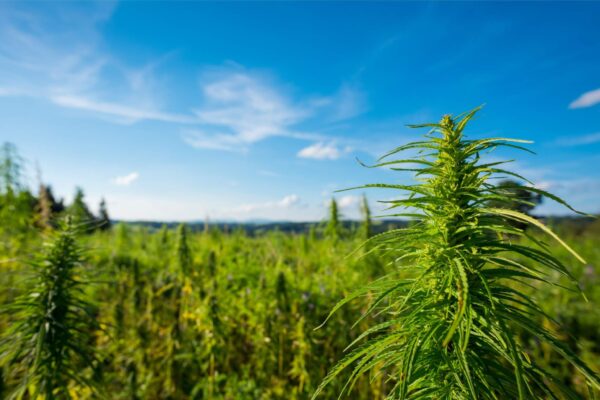Have a question? +336 70 73 89 02
🔞 Not for sale to under 18s
🎃 -40% with code HALLOWEED (on EVERYTHING except vaporizers and gummies) 🎃
Have a question? +336 70 73 89 02

There is archaeological evidence that cannabis was used around 10,000 years ago in Central Asia and on the Indian subcontinent. It is thought that early humans used cannabis for its tough fibers and nutritious seeds.
Over the centuries, the use of cannabis has spread throughout the world. In India, cannabis was known as ganja and was used for its medicinal properties. The Atharva Veda, an ancient book dating from the second millennium BC, mentions it. In ancient times, the Assyrians and Scythians also used cannabis. According to the writings of Herodotus, cannabis was used for psychoactive purposes, in addition to its medicinal uses. Over time, the use of cannabis spread to many other cultures. In Egypt, Greece and Rome,l it was used for both medicinal and practical purposes, such as the production of fabrics, ropes and building materials.
Cannabis has been widely used in the Middle East and Europe for many years. In the Middle East, people popularized hashish, a concentrated form of cannabis, from 1200 AD onwards. Hashish was often used recreationally and was associated with the culture of the Sufis, a mystical sect of Islam. In Europe, people have used cannabis for medicinal purposes since antiquity, and European settlers introduced it to North America in the 16th century. In Europe, cannabis was also used in the production of fabrics and ropes, and for its seeds.
In North America, Native Americans used cannabis as a medicinal plant and also cultivated it for its fibers and seeds. Thomas Jefferson, third president of the United States, was a great fan of the plant. He even planted a permanent acre of cannabis on his property in anticipation of its use as a major cash crop in the United States. In the early 20th century, textile lobbies and other industries lobbied to criminalize cannabis in many countries. They saw it as a threat to their own economic interests. Although the drug was also seen as dangerous and addictive, it is now widely recognized that lobbies played an important role in cannabis prohibition.
In recent decades, there has been a reappraisal of the place of cannabis in society and its potential health benefits. Numerous studies have been carried out to investigate the therapeutic effects of CBD and other cannabinoids, naturally present in cannabis flowers. Many countries have also legalized the medical use of cannabis. In 2018, the United States legalized the production and sale of CBD products for recreational use in certain states. Since then, other countries have also legalized the recreational use of cannabis.
CBD, or cannabidiol, is one of the cannabinoids found in the cannabis plant. According to some studies, CBD may have anti-inflammatory and anxiolytic properties. Numerous studies are currently underway to evaluate the efficacy of CBD in the treatment of various health disorders, such as anxiety, depression and epilepsy. Here are a few links to studies that mention the potential benefits of CBD. To find out more, read our article!
It should be noted that studies are still at an early stage and many questions remain unanswered. So it's important to continue conducting research to learn more about the potential benefits of CBD.

CBD was first discovered in 1940 by researcher Roger Adams. However, it's only in recent years that CBD has begun to be used more widely in the treatment of various health disorders. In 2018, the US Food and Drug Administration (FDA) approved the first CBD-based drug, Epidiolex, for the treatment of epilepsy. Since then, numerous studies have been conducted on the potential benefits of CBD in the treatment of various health disorders.
In short, the history of cannabis and CBD is rich and complex. The cannabis plant has been used for millennia for its many industrial and medicinal uses, but it has also been stigmatized and criminalized in many countries. However, thanks to recent research and more progressive legislation, cannabis and CBD are once again being considered as potential therapeutic alternatives for many health disorders. While many questions remain unanswered, it's important to continue to conduct research to learn more about the potential benefits of cannabis and CBD.
We hope you've enjoyed this article. If it has inspired you to take the plunge, don't hesitate to visit our store. Check out our blog to learn more about CBD and keep up to date with the latest news!